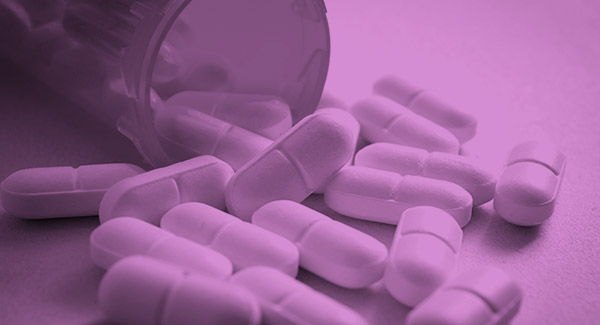Taking Acetaminophen Safely
Learn to take this popular arthritis pain reliever properly.
Acetaminophen, which relieves mild to moderate pain and reduces fever, is an active ingredient in hundreds of prescription and over-the-counter (OTC) medications, including Tylenol and Excedrin. It’s a popular arthritis pain reliever because it doesn’t carry the stomach and heart risks linked to nonsteroidal anti-inflammatory drugs (NSAIDs). Yet acetaminophen isn’t without its own risks. Too much of this drug can lead to liver damage.
It can be hard for people to know just how much acetaminophen they’re getting, because it’s combined with other drugs in both OTC products like cough and cold medicines, and in prescription opioid pain relievers such as codeine (Tylenol with codeine), oxycodone (Percocet) and hydrocodone (Vicodin). “Some might take prescription acetaminophen and get it in over-the-counter medication without realizing they are doubling up,” explains rheumatologist Robert Katz, MD, a professor of medicine at Rush Medical College in Chicago.
Due to the high rate of acetaminophen overdose, the Food and Drug Administration (FDA) made two rule changes:
-
Manufacturers were required stop making combination prescription products containing more than 325 mg of acetaminophen.
-
Doctors were asked to stop prescribing medicines that have more than 325 mg of acetaminophen per dose.
The FDA also requires makers of over-the-counter acetaminophen products to include a warning label stating that exceeding the maximum daily dose of 4,000 mg can lead to severe liver damage.
If you need acetaminophen for arthritis aches or other everyday discomfort, here are some guidelines for taking it safely:
-
Discuss all your medicines with your doctor and pharmacist. Make sure they know about any OTC drugs you take, especially ones containing acetaminophen. That way, they won’t prescribe another medicine containing acetaminophen on top of it.
-
Know what’s in your pills. Read labels carefully to find out how many milligrams of acetaminophen are in each dose and follow the daily dosing recommendations.
-
Understand dosing directions. Ask your doctor or pharmacist how much acetaminophen you can take at one time, how long you should wait between doses and the highest dosage you can take in one day.
-
Take the minimum amount. Use the smallest possible dose to start, and only increase it if you need more relief. If the recommended amount doesn’t do enough to ease your arthritis, ask your doctor for other pain relief options. Increasing your daily dose even a little beyond the 4,000 mg maximum may cause liver damage.
-
Don’t double-dose. Avoid taking more than one medicine containing acetaminophen at a time. Spotting acetaminophen can be tricky: In prescription medications, it’s often identified as APAP when combined with codeine, hydrocodone or oxycodone.
-
Limit or avoid alcohol. Men shouldn’t have more than two alcoholic drinks a day, and women should stick with one glass. Alcohol can increase the toxic effects of acetaminophen in the liver. People who already have liver disease or those who have more than three alcoholic drinks per day are at greater risk for liver damage when they take acetaminophen.
If used properly, this drug can still be a safe and effective part of an arthritis pain relief strategy.

Stay in the Know. Live in the Yes.
Get involved with the arthritis community. Tell us a little about yourself and, based on your interests, you’ll receive emails packed with the latest information and resources to live your best life and connect with others.


